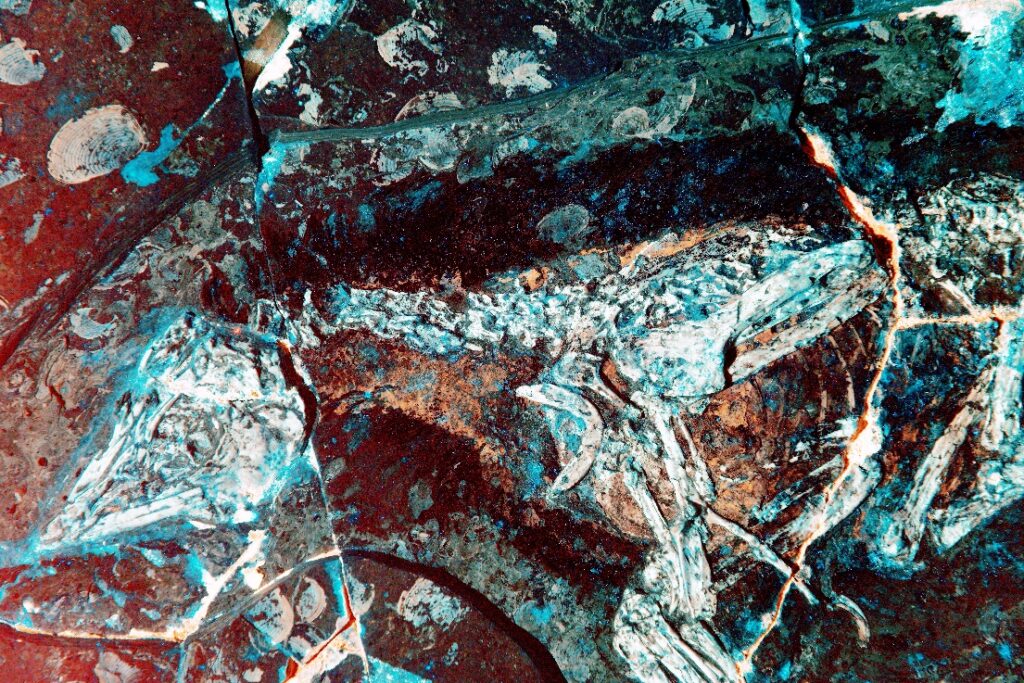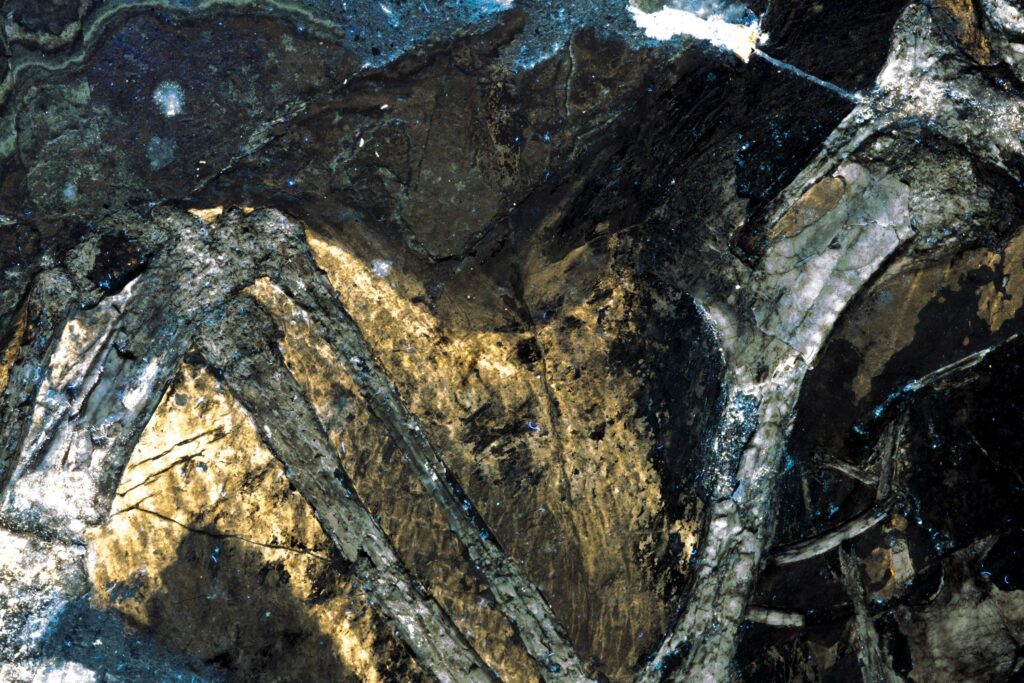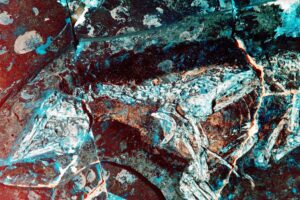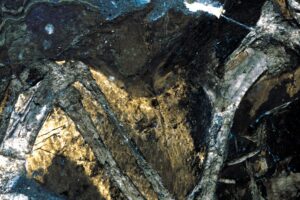CUHK
News Centre
CUHK palaeontologist confirms ancient flying dinosaurs used shoulder-powered wing upstroke in early flight evolution
Palaeontologists previously discovered that ancestral flying dinosaurs used shoulder muscles to power wing upstrokes and chest muscles to power wing downstrokes, based on existing evidence from bony fossils and living animals. Scientists from The Chinese University of Hong Kong (CUHK) and around the world finally confirmed the milestone by examining elusive preserved soft tissues. This represents the earliest soft anatomy profiles of flying dinosaurs, discovered using high-tech laser imaging technology.
The research team applied the Laser-Stimulated Fluorescence (LSF) technique to more than 1,000 fossils of flying paravian dinosaurs that lived during the Late Jurassic and Early Cretaceous periods in what is now northeastern China. The shoulder and chest regions were key targets for observations of preserved soft tissue flight anatomy. The team combined the soft anatomy data with quantitative skeletal reconstructions for their validation work.
Dr Michael Pittman, Assistant Professor of CUHK’s School of Life Sciences and lead author of the study, said, “We have a good understanding of how living birds fly, but we know much less about how early fossil birds and their closest relatives flew since their soft tissues are rarely preserved. By using LSF imaging, my team can now see these elusive soft tissues that were only suggested previously by fossil bones.”
“The LSF data validated the ancestral flight condition of flying dinosaurs, where shoulder muscles powered the wing upstroke and chest muscles powered the wing downstroke, moving the field closer to accurately reconstructing early flight capability.”
The team’s soft tissue reconstructions also included an early beaked bird from around 125 million years ago, Confuciusornis – named after the famous Chinese philosopher. Its reconstruction suggests that it had a weakly constructed chest and strongly constructed shoulders. Professor Xiaoli Wang from Linyi University in Shandong Province, the study’s joint-corresponding author, commented, “Our Confuciusornis reconstruction indicates the earliest evidence of upstroke-enhanced flight, which is very exciting.”
Certain early flying birds have a strangely absent breast bone, or sternum, something that has been a mystery in the field. Co-author Mr Thomas G. Kaye from the Foundation for Scientific Advancement in Arizona, USA, commented, “We used our LSF data to propose that a more weakly constructed chest in early birds like Anchiornis was behind their lack of a breast bone. They didn’t use their chest muscles enough for the sternum to be needed, so it was lost.”
Many of the specimens studied are on display at the Shandong Tianyu Museum of Nature in Shandong Province, which is world-renowned for its collection of feathered dinosaurs. Museum Director and co-author Professor Xiaoting Zheng commented, “We are delighted that the team used data from more than 1,000 of our specimens to produce further significant advances in the study of flying dinosaurs. We look forward to sharing more exciting discoveries in the future.”
The findings were published in prestigious international scientific journal Proceedings of the National Academy of Sciences (PNAS) (https://www.pnas.org/doi/10.1073/pnas.2205476119)
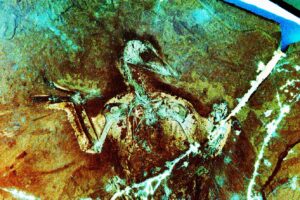
Laser-stimulated fluorescence (LSF) image of the Early Cretaceous beaked bird Confuciusornis, showing large shoulders that powered the wing upstroke. Image Credit: Pittman et al. 2022.



